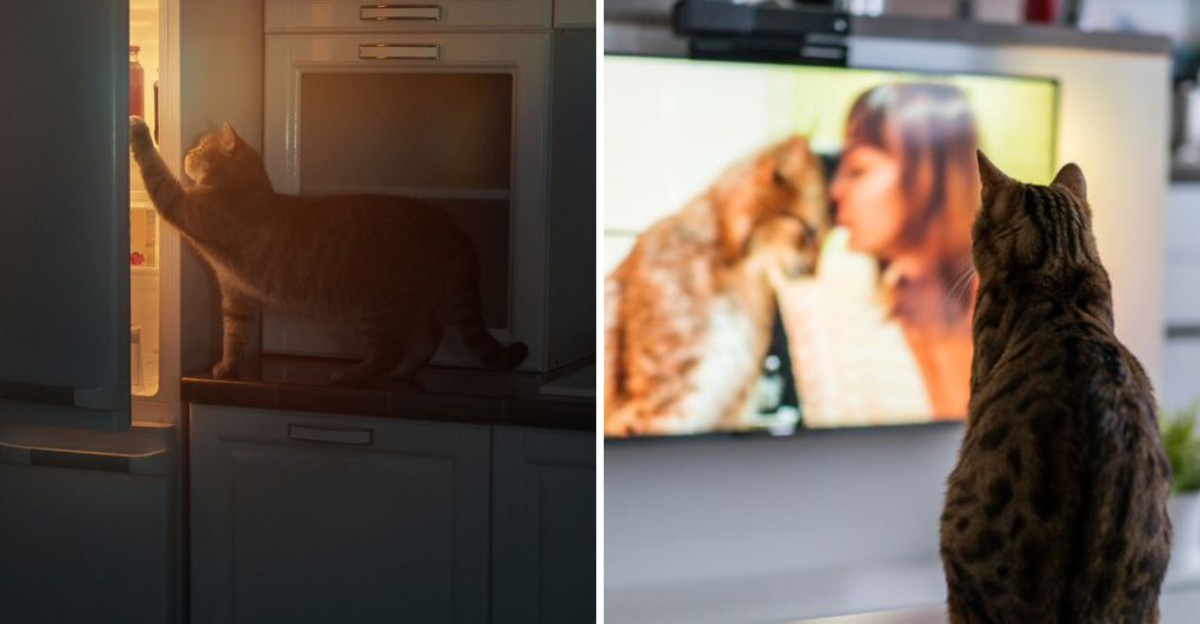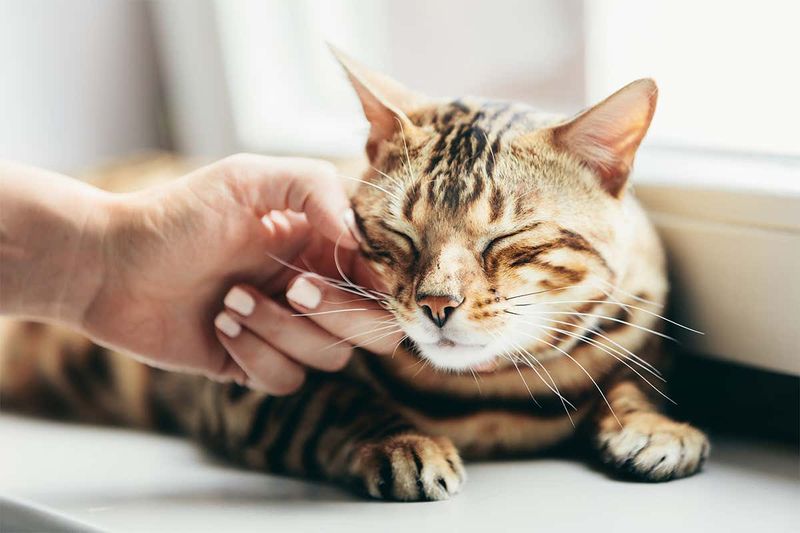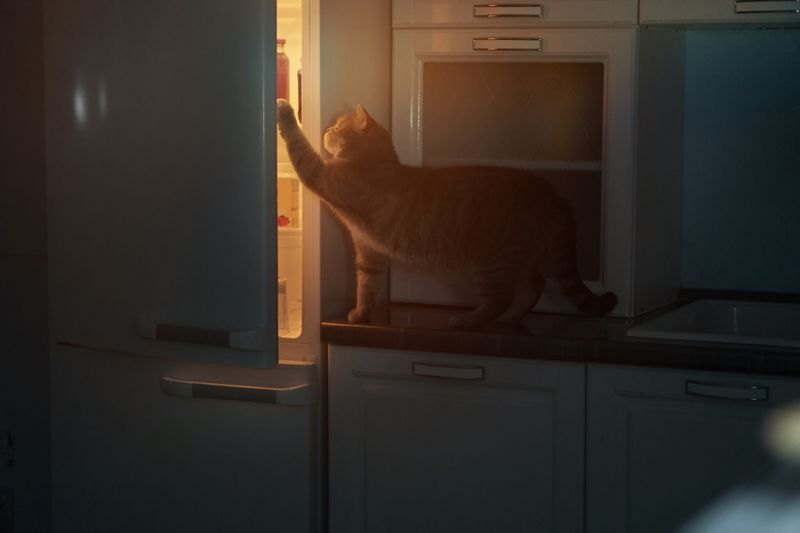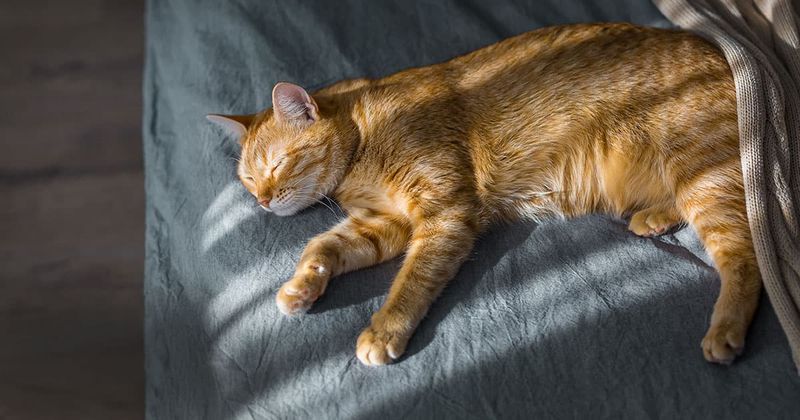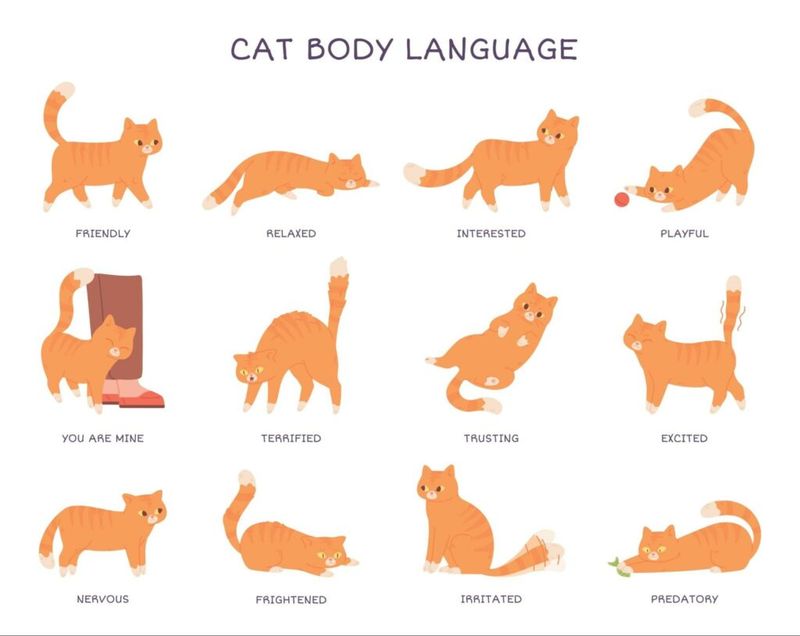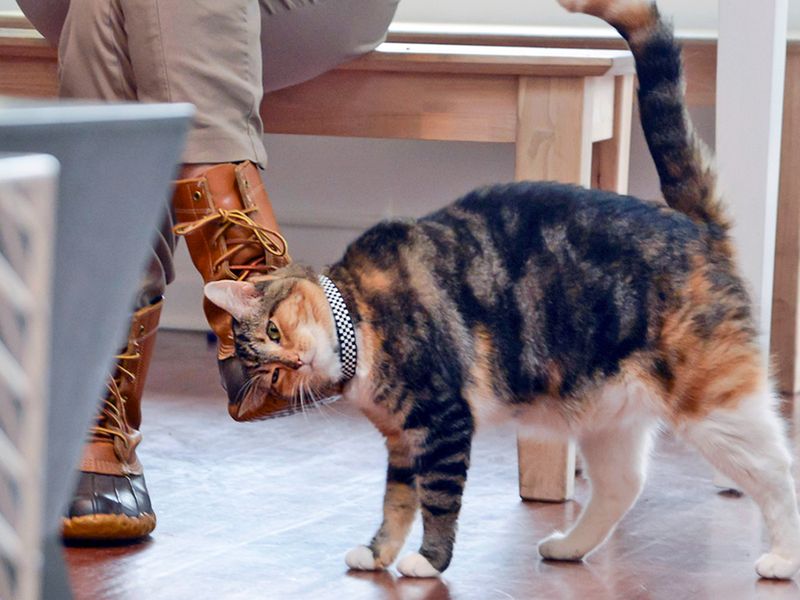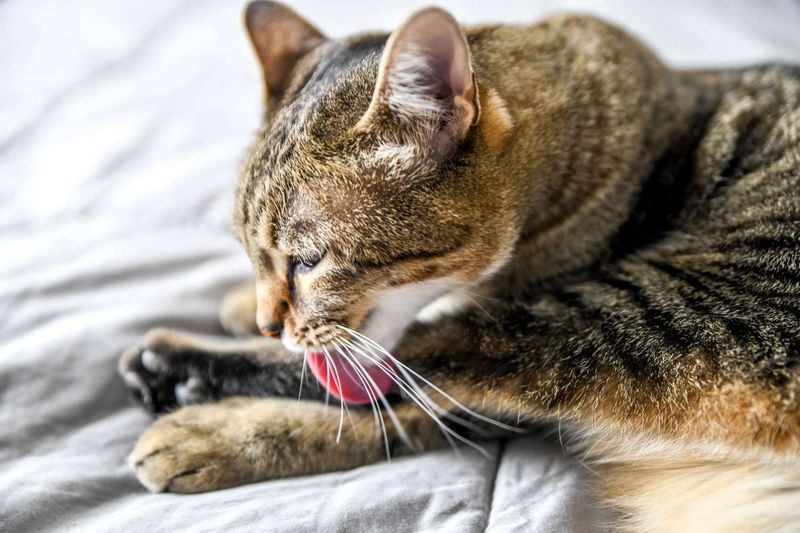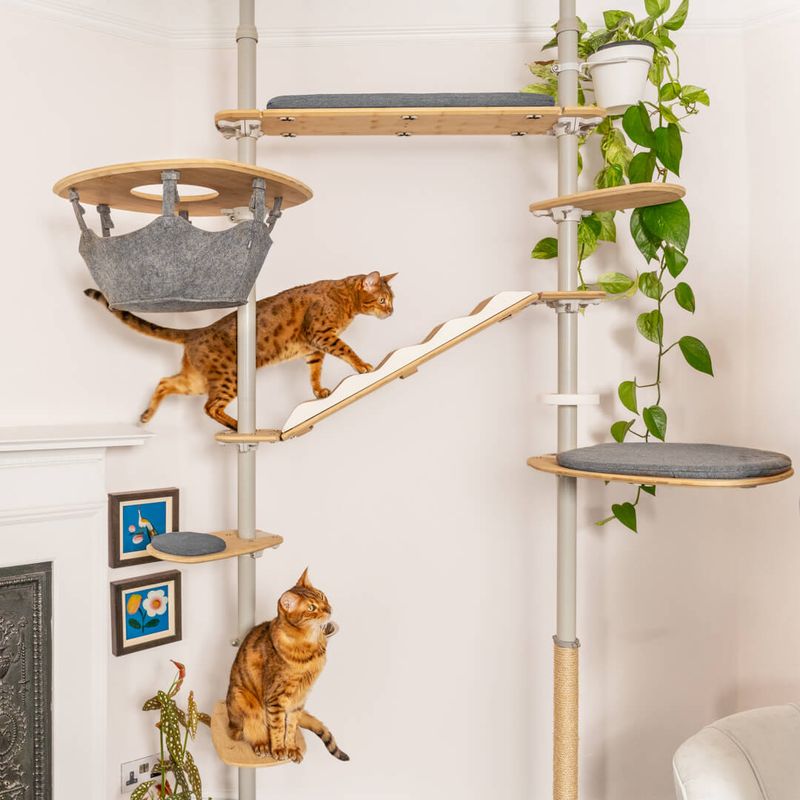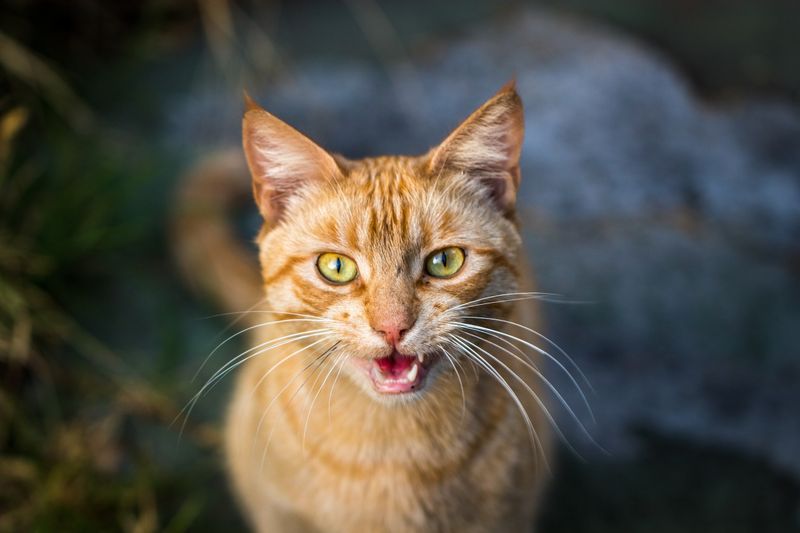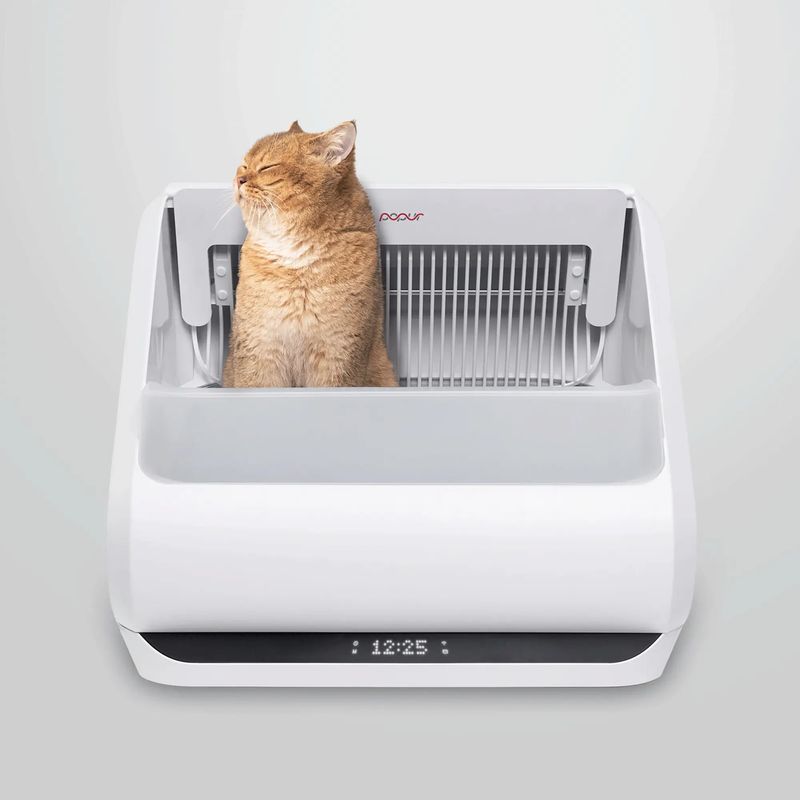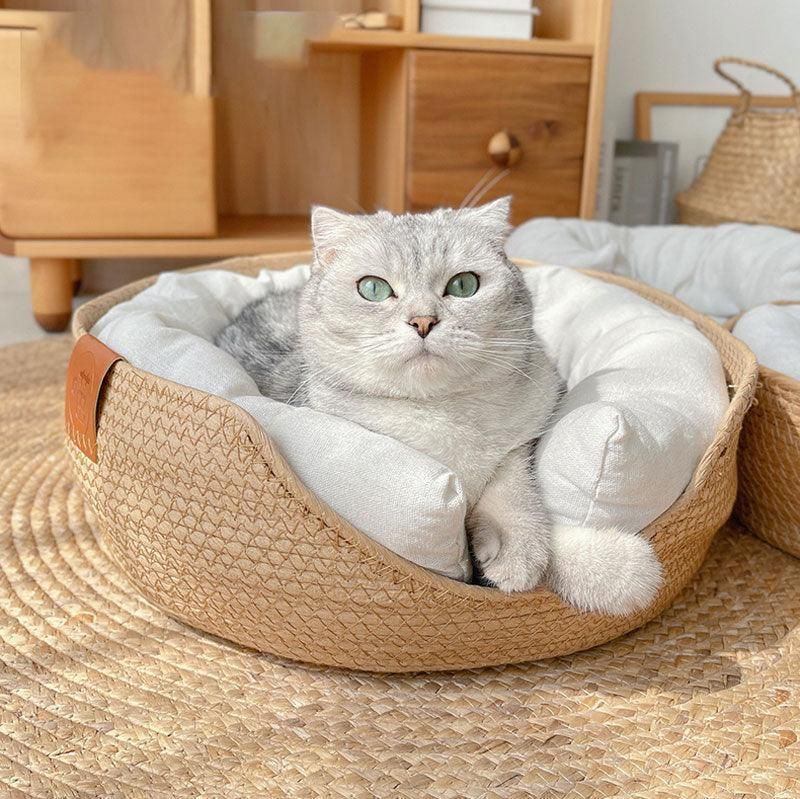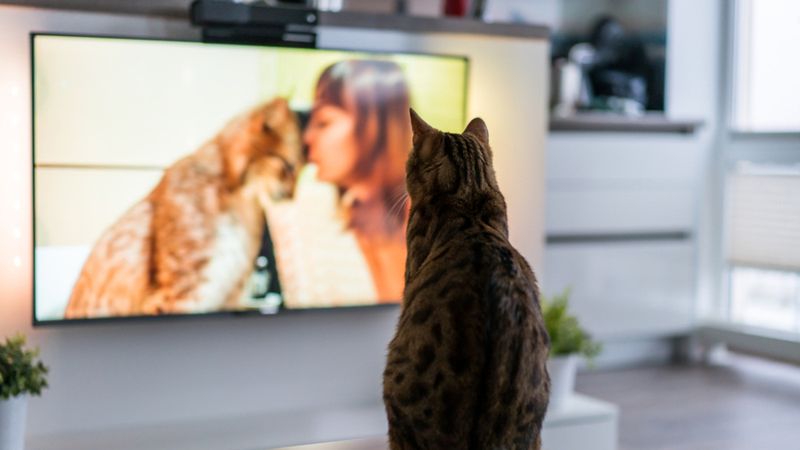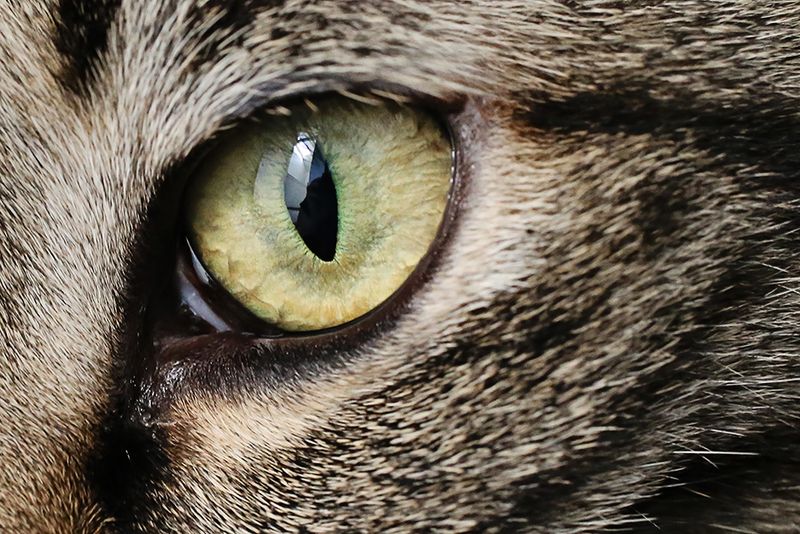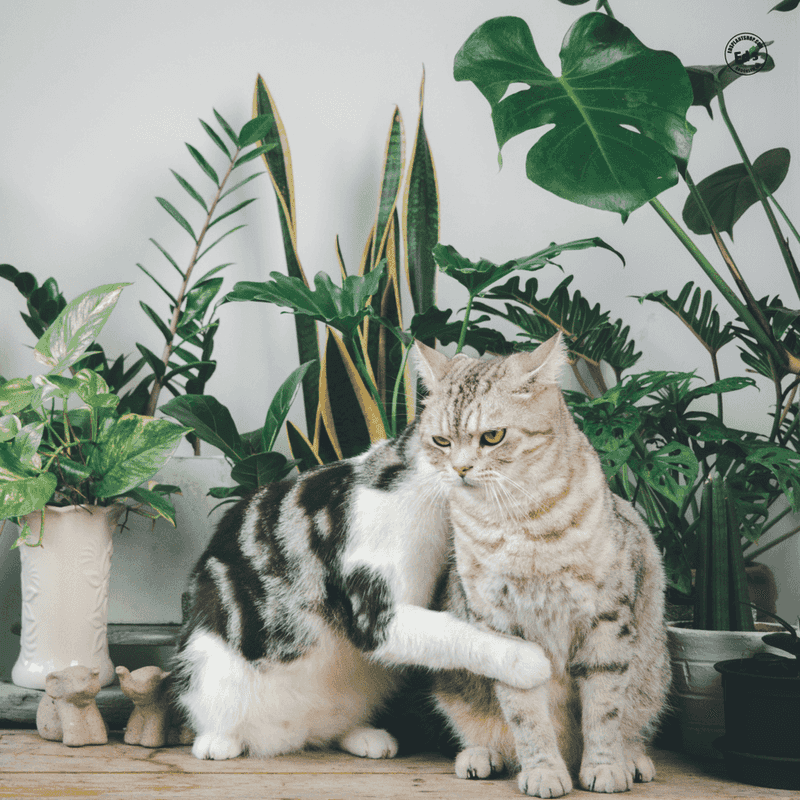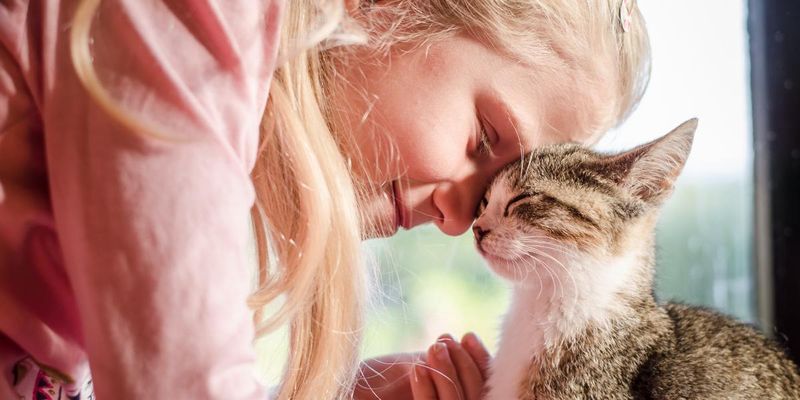📖 Table of Content:
- 1. Purring Mystery
- 2. Nighttime Adventures
- 3. The Sunbeam Quest
- 4. Hidden Language
- 5. Territory Mapping
- 6. Playtime Rituals
- 7. Dietary Secrets
- 8. Grooming Habits
- 9. Window Wonders
- 10. Climbing Adventures
- 11. Chasing Shadows
- 12. The Vocal Feline
- 13. Feline Curiosity
- 14. The Power Nap
- 15. Whisker Wisdom
- 16. Compulsive Cleanliness
- 17. The Art of Napping
- 18. The Feline Observer
- 19. Expressive Eyes
- 20. Indoor Jungle
- 21. Temperature Sensitivity
- 22. Bonding Rituals
Indoor cats often lead mysterious lives, hidden away from the world outside. Though they may seem like ordinary pets, indoor cats harbor secrets and traits that surprise even the most dedicated cat owners. From their unique behaviors to the subtle intricacies of their care, understanding these feline companions can enhance the human-feline bond. This article uncovers 22 lesser-known facts about indoor cats, inviting you to explore the hidden world of these captivating creatures. Whether you’re a seasoned cat lover or considering adopting your first indoor cat, this guide offers insights that will enrich your feline experience.
1. Purring Mystery
When your indoor cat purrs, it’s not just expressing happiness. Purring can also be a sign of self-soothing or healing. These gentle vibrations may help reduce pain and inflammation, acting as a natural form of therapy. While many believe cats only purr when content, their purring is a complex form of communication. Have you ever noticed your cat purring during stressful situations? This could be their way of managing anxiety. Imagine the soothing hum of your feline friend, practicing mindfulness in their own unique way. Purring remains one of the most misunderstood yet fascinating cat behaviors.
2. Nighttime Adventures
Have you ever wondered what your indoor cat does at night? These nocturnal creatures often embark on silent adventures while you sleep. Driven by instinct, they explore every corner of their domain, practicing their hunting skills in the safety of your home. A cat’s eyes, adapted to low light, gleam with curiosity as they chase imaginary prey. While we slumber, our feline friends are busy honing their agility and reflexes. This nighttime behavior is a remnant of their wild ancestry, reminding us of the untamed spirit that lives within every house cat.
3. The Sunbeam Quest
An indoor cat’s love for sunbeams is more than just a penchant for warmth. Sunbathing helps cats synthesize vitamin D, crucial for their health. You might find your cat shifting with the sun’s path, following every ray. This behavior is a cozy blend of relaxation and instinctual survival tactics. The warmth not only comforts but also aids in digestion and muscle function. So, the next time you see your cat sprawled in a sunlit spot, know it’s not just a nap—it’s a vital health ritual wrapped in a luxurious sun-drenched snooze.
4. Hidden Language
Cats are masters of non-verbal communication, expressing themselves through a complex system of body language. From the flick of a tail to the arch of a back, every movement holds meaning. Indoor cats, sharing close quarters with humans, develop refined signals to convey their moods and needs. Have you noticed your cat’s slow blink? This is a sign of trust and affection. By observing these cues, we unlock a silent conversation, deepening our understanding of our feline companions. Their subtle gestures reveal a rich language, waiting to be discovered by attentive eyes.
5. Territory Mapping
Ever seen your indoor cat rubbing its face on furniture? This behavior isn’t random; it’s a deliberate act of marking territory. Cats possess scent glands around their face, and by depositing their scent, they create a familiar environment that offers comfort and security. This scent-marking ritual is vital for their wellbeing, helping them navigate their surroundings with confidence. As they roam, they leave invisible trails of familiarity, claiming their space. Recognizing this behavior unveils a cat’s need for ownership and identity within its indoor domain, a fascinating insight into feline psychology.
6. Playtime Rituals
Play is more than mere entertainment for an indoor cat; it’s essential exercise and mental stimulation. Engaging in playtime rituals mimics hunting, satisfying their predatory instincts. Watch as your cat stalks a feather toy, eyes wide with focus, muscles rippling in anticipation. These sessions are crucial for maintaining physical health and reducing anxiety. Play fosters the bond between cat and owner, transforming simple activities into meaningful interaction. Each playful pounce or chase reflects the wild energy that lies beneath their calm exterior, revealing insights into their playful yet primal nature.
7. Dietary Secrets
Indoor cats require a specific diet to maintain optimal health, differing from their outdoor counterparts. Without the natural exercise of hunting, they need fewer calories but more nutrients to prevent obesity. A mix of high-quality kibble and wet food provides balanced nutrition. Observing feeding rituals reveals preferences and habits that can inform dietary adjustments. Overfeeding is a common mistake, leading to weight gain and health issues. By understanding your cat’s nutritional needs, you ensure longevity and vitality. The key to a healthy indoor cat lies in a well-monitored diet tailored to its lifestyle.
8. Grooming Habits
Grooming is an intricate ritual for indoor cats, serving both hygiene and emotional functions. Through grooming, cats maintain their coat’s condition, removing loose hairs and distributing natural oils. This self-care routine is also soothing, reducing stress and anxiety. Have you noticed your cat grooming more during tense times? It’s their way to cope. Grooming strengthens social bonds when cats groom each other or their human companions. This meticulous habit offers a glimpse into their world, where cleanliness is paramount and grooming is an expression of care and contentment.
9. Window Wonders
Windows are a source of endless fascination for indoor cats, offering glimpses of the outside world. The sights and sounds of nature captivate their attention, providing mental stimulation and a connection to their wild instincts. Birdwatching, or “cat TV,” as some call it, is a favorite pastime. As cats observe the fluttering birds, their eyes dilate and tails twitch, mimicking the thrill of hunting. This interaction enriches their indoor life, balancing their need for adventure with the safety of home. A well-placed perch by the window can transform their view into an engaging spectacle.
10. Climbing Adventures
Climbing satisfies an indoor cat’s natural urge to explore vertical spaces, offering exercise and a sense of security. Cat trees or shelves become their playgrounds, where they can survey their territory from above. This behavior is reminiscent of their wild ancestors, who sought high vantage points for safety and hunting. Providing climbing opportunities nurtures their instinctual behaviors and prevents boredom. Watch as your cat navigates these structures with grace and precision, each leap reflecting its agile spirit. Encouraging climbing adventures contributes to their physical and mental wellbeing, enriching their indoor environment.
11. Chasing Shadows
Have you ever seen your indoor cat captivated by a shadow? This playful behavior taps into their predatory instincts, where even the simplest of movements becomes a thrilling pursuit. Chasing shadows provides both exercise and entertainment, allowing cats to engage in a safe form of hunting. The unpredictability of shadows keeps them intrigued, turning ordinary moments into exciting challenges. These playful chases showcase their agility and quick reflexes, maintaining their physical fitness and mental sharpness. It’s a simple yet effective way for cats to enjoy the thrill of the chase within the confines of home.
12. The Vocal Feline
Indoor cats often develop distinct vocal personalities, using meows to communicate with their human companions. Each sound can convey a wide range of emotions, from hunger to affection. By understanding these vocal cues, we bridge the gap between human and feline communication. Some cats are chatty and expressive, while others may reserve their meows for special occasions. Listening to your cat’s voice can reveal insights into their mood and needs, fostering a deeper connection. This vocal exchange enriches the bond between cat and owner, turning daily interactions into meaningful dialogues.
13. Feline Curiosity
Curiosity defines the essence of an indoor cat, where every new object or sound becomes a source of fascination. This inquisitive nature keeps their minds active and engaged, turning their home into an endless playground of discovery. Cats investigate with their noses, paws, and whiskers, gathering information and stimulating their senses. Have you noticed your cat’s intense focus when exploring a new toy? This curiosity-driven behavior is crucial for mental development, encouraging them to learn and adapt. Embracing their curiosity enriches their indoor life, transforming routine moments into thrilling adventures.
14. The Power Nap
Indoor cats are masters of the power nap, spending up to 16 hours a day sleeping. This extended rest isn’t mere laziness; it’s vital for their health and energy conservation. Cats sleep in cycles, alternating between light dozing and deep REM sleep, where they dream and rejuvenate. Have you ever seen your cat twitching in its sleep? These movements reflect their dreams, perhaps chasing an imaginary mouse. Napping in safe, comfortable spots allows them to recharge, preparing for their next burst of energy. A cat’s ability to sleep deeply is a testament to their trust in their environment.
15. Whisker Wisdom
Whiskers are more than decorative features; they’re sophisticated sensory tools. An indoor cat’s whiskers detect changes in the environment, helping them navigate tight spaces and gauge distances with precision. Acting as tactile sensors, they send signals to the brain about nearby objects, aiding in spatial awareness. Have you noticed a cat hesitating before entering a narrow gap? Their whiskers help assess whether they can fit. This sensory adaptation is vital for their survival, enhancing their ability to explore and interact with the world. Whiskers embody the elegance and adaptability of feline anatomy.
16. Compulsive Cleanliness
Indoor cats are known for their fastidious hygiene, with litter box habits reflecting this trait. Cats instinctively bury their waste, a behavior rooted in survival to hide their scent. A clean litter box is crucial for their comfort and health, reducing the risk of infections. Have you observed your cat’s meticulous digging and covering? This ritual is an expression of their need for cleanliness and privacy. Providing a well-maintained litter box respects their natural instincts, fostering a harmonious living environment. Understanding their hygiene habits unveils the importance of cleanliness in feline life.
17. The Art of Napping
Napping is an art form for indoor cats, where they find comfort in the coziest corners of your home. These short rests are strategically taken throughout the day, allowing them to conserve energy and stay alert for sudden play or attention. Notice how your cat curls into a perfect ball or stretches luxuriously? Each position is chosen for optimal comfort and security. Napping not only replenishes their energy but also reinforces their sense of safety. By embracing these restful moments, cats balance their exuberant play with serene relaxation, reflecting a life of contented harmony.
18. The Feline Observer
An indoor cat is often an avid observer, finding entertainment in the simplest activities. Watching fish swim in an aquarium or a washing machine cycle can captivate their imagination. This observational behavior stimulates their mind, providing a safe way to satisfy their hunting instincts without exerting energy. It’s as if they’re watching their private theater, each scene a new adventure. Encouraging this behavior with safe entertainment options enriches their indoor experience, transforming mundane moments into captivating spectacles. An observing cat is a testament to their inner world of curiosity and contemplation.
19. Expressive Eyes
A cat’s eyes are windows to their soul, revealing emotions and intentions. Have you noticed the way your indoor cat gazes at you? Their eyes express affection, curiosity, and sometimes mischief. The slow blink is a cat’s way of saying, “I trust you,” a silent form of communication that builds a bond of understanding. By observing your cat’s eyes, you can interpret their feelings and needs, allowing for a deeper connection. Each glance holds a message, turning simple looks into meaningful exchanges. The beauty of their expressive eyes lies in their silent dialogue with the world.
20. Indoor Jungle
Creating an indoor jungle with cat-friendly plants offers a slice of nature for indoor cats, enriching their environment. Cats enjoy the sensory experience of interacting with greenery, adding variety to their daily life. Ensure the plants are non-toxic, such as spider plants or cat grass, providing safe exploration opportunities. This greenery not only enhances their living space aesthetically but also promotes mental stimulation and relaxation. As they weave through the leaves, cats engage their senses, mimicking the exploration of an outdoor garden. An indoor jungle caters to their innate curiosity and love for nature’s textures.
21. Temperature Sensitivity
Indoor cats are acutely sensitive to temperature changes, often seeking warmth to maintain comfort. They gravitate towards sunny spots, heaters, or cozy blankets, adjusting their position to regulate body heat. This behavior is part of their survival instinct, ensuring their well-being in varying environments. Have you noticed your cat sprawling in front of a heater during winter? It’s their way of embracing warmth, reflecting their adaptability. Understanding their temperature sensitivity allows us to create a comfortable habitat, ensuring their health and happiness. Their pursuit of warmth is a testament to their resourceful nature.
22. Bonding Rituals
Bonding with humans is an essential ritual for indoor cats, where trust and affection are cultivated over time. From gentle nuzzles to contented purring, these interactions strengthen the bond between cat and owner. Have you ever experienced the soft headbutt of your cat? This gesture is a sign of love and acceptance, a shared language of companionship. By recognizing these bonding rituals, we nurture a relationship built on respect and understanding. Each affectionate exchange reflects the unique connection we share with our feline friends, a testament to the mutual joy and comfort found in their company.
